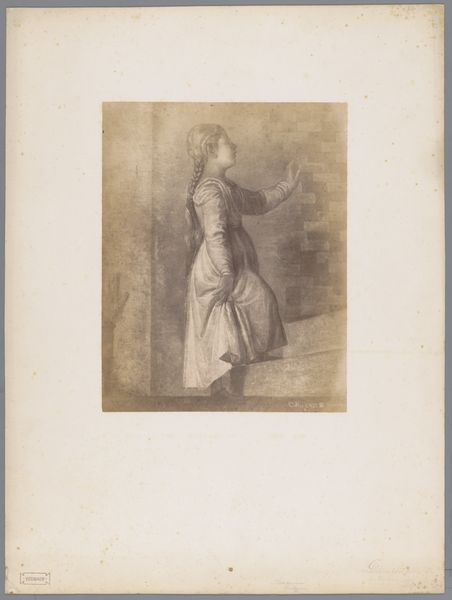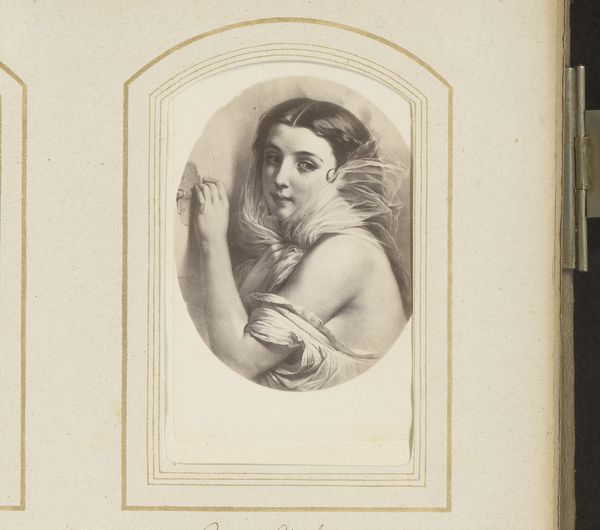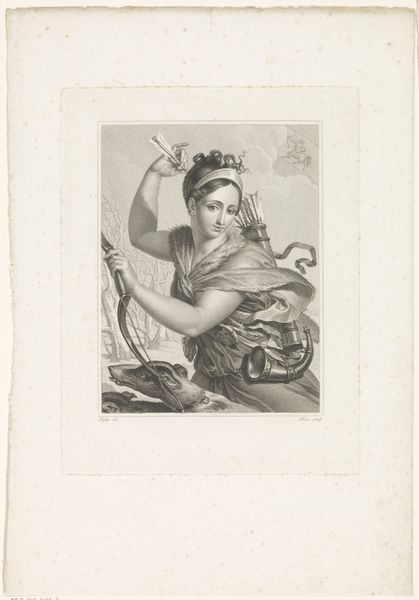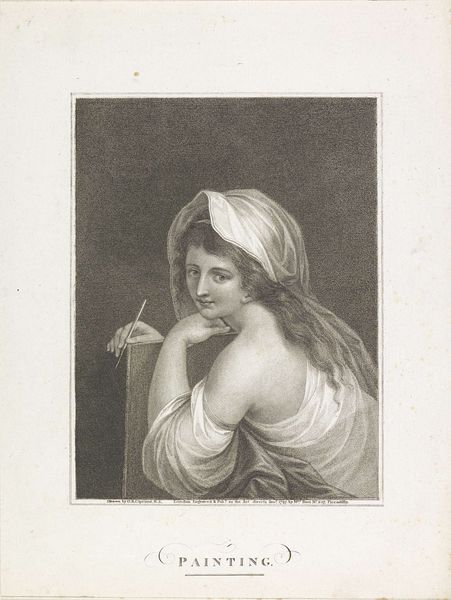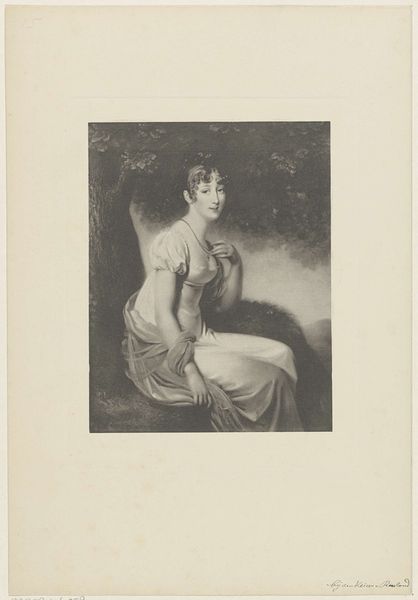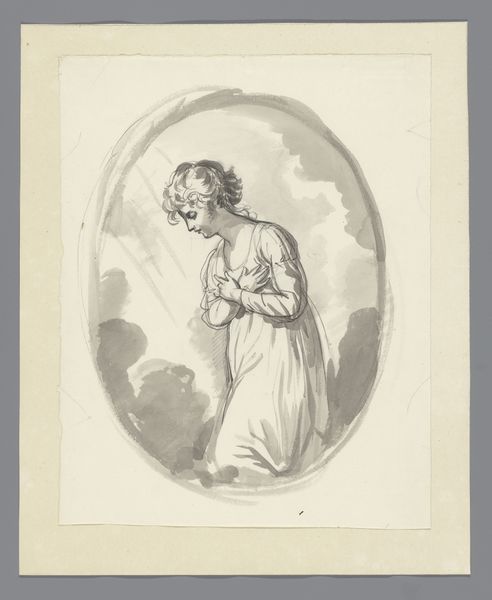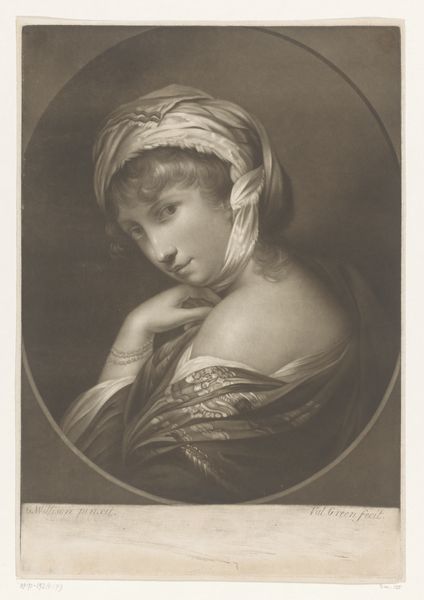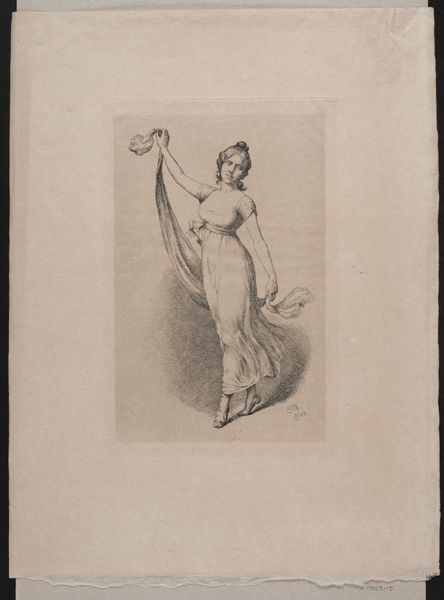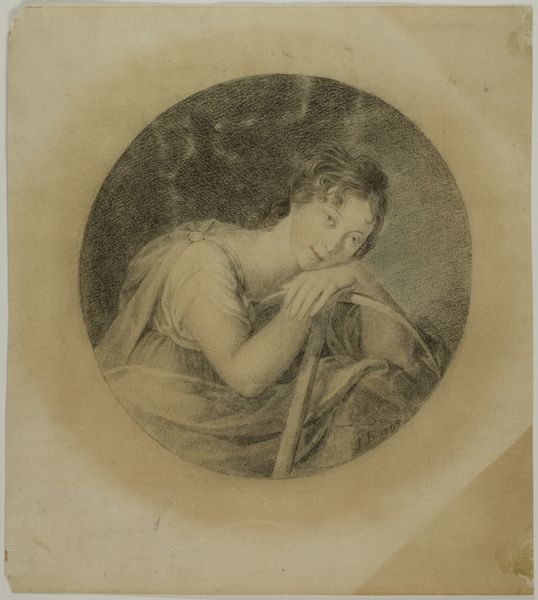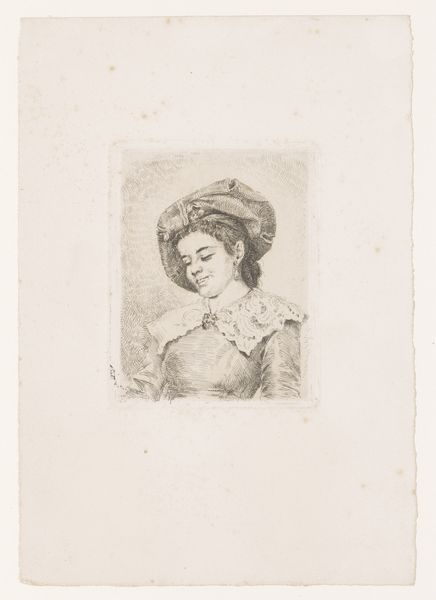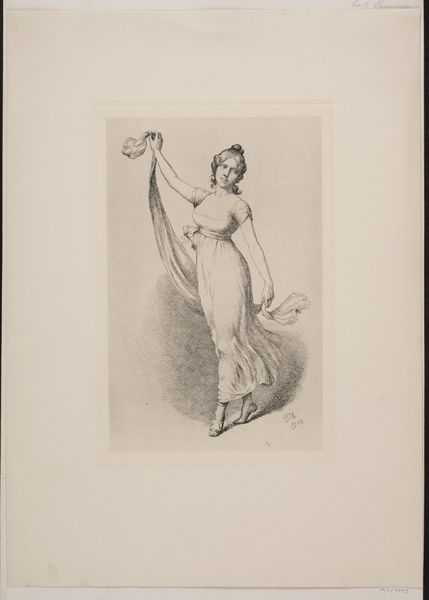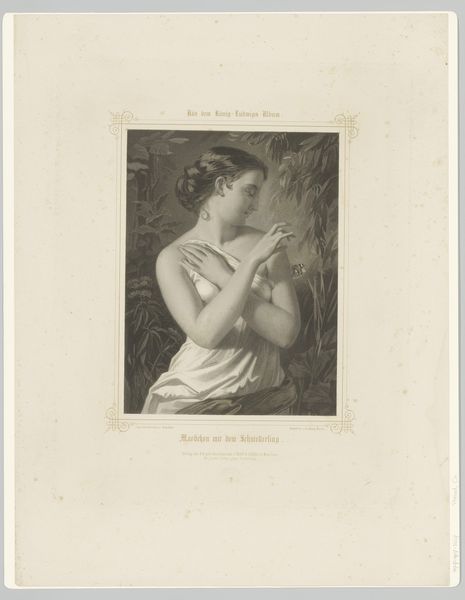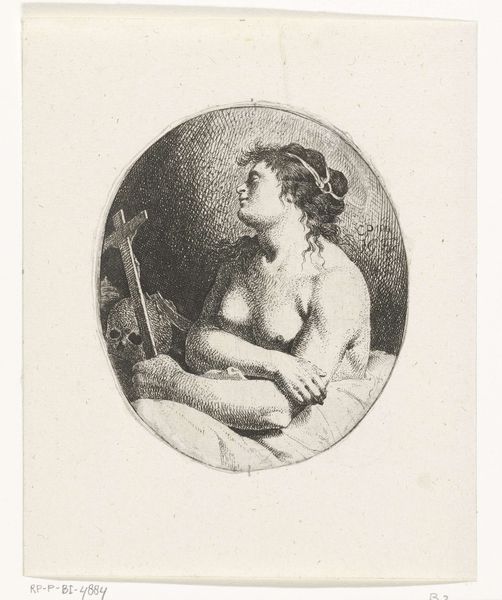
print, engraving
#
portrait
#
neoclacissism
#
allegory
# print
#
old engraving style
#
landscape
#
figuration
#
history-painting
#
engraving
Dimensions: height 348 mm, width 263 mm
Copyright: Rijks Museum: Open Domain
Editor: This engraving, "Vendémiaire," dating back to the late 18th century by Salvatore Tresca, feels incredibly… deliberate. The allegorical figure seems posed, almost like a stage character. What do you see in this piece in terms of its historical and social context? Curator: It's crucial to recognize how images like this one functioned in revolutionary France. “Vendémiaire” represents the period of the grape harvest in the new Republican calendar. This wasn’t just about timekeeping; it was a radical reshaping of cultural identity. How does this image challenge the aristocratic imagery prevalent before the revolution? Editor: Well, it lacks the overt symbolism of monarchy, and presents an idealized image of nature… though in a rather formal style, not particularly 'of the people.' Curator: Exactly. The neoclassical style, with its emphasis on reason and order, became the aesthetic language of the revolution. Think of this image as propaganda, designed to associate the new republic with virtue and agricultural abundance, thereby contrasting sharply with the perceived decadence of the aristocracy. What social ideals were the revolutionaries trying to project through this kind of imagery? Editor: An idealised, almost romantic view of rural life and work? Is that meant to gloss over some of the realities of agricultural life? Curator: Precisely. The print promotes an idyllic vision that obscures the socioeconomic disparities of the time. Furthermore, these allegorical figures were explicitly intended for a broad public, acting as accessible and politically loaded symbols within civic life. It prompts us to think about who controlled the means of visual representation and to what ends. Editor: So, it’s not just art for art's sake, but art deeply intertwined with power and social control, shaping a very specific narrative? It's really powerful when viewed like that. Curator: Absolutely. Looking beyond aesthetics reveals the intricate dance between art, politics, and the construction of collective identity. Editor: I definitely have a much clearer view now. Thank you for bringing the history to life for me.
Comments
No comments
Be the first to comment and join the conversation on the ultimate creative platform.
